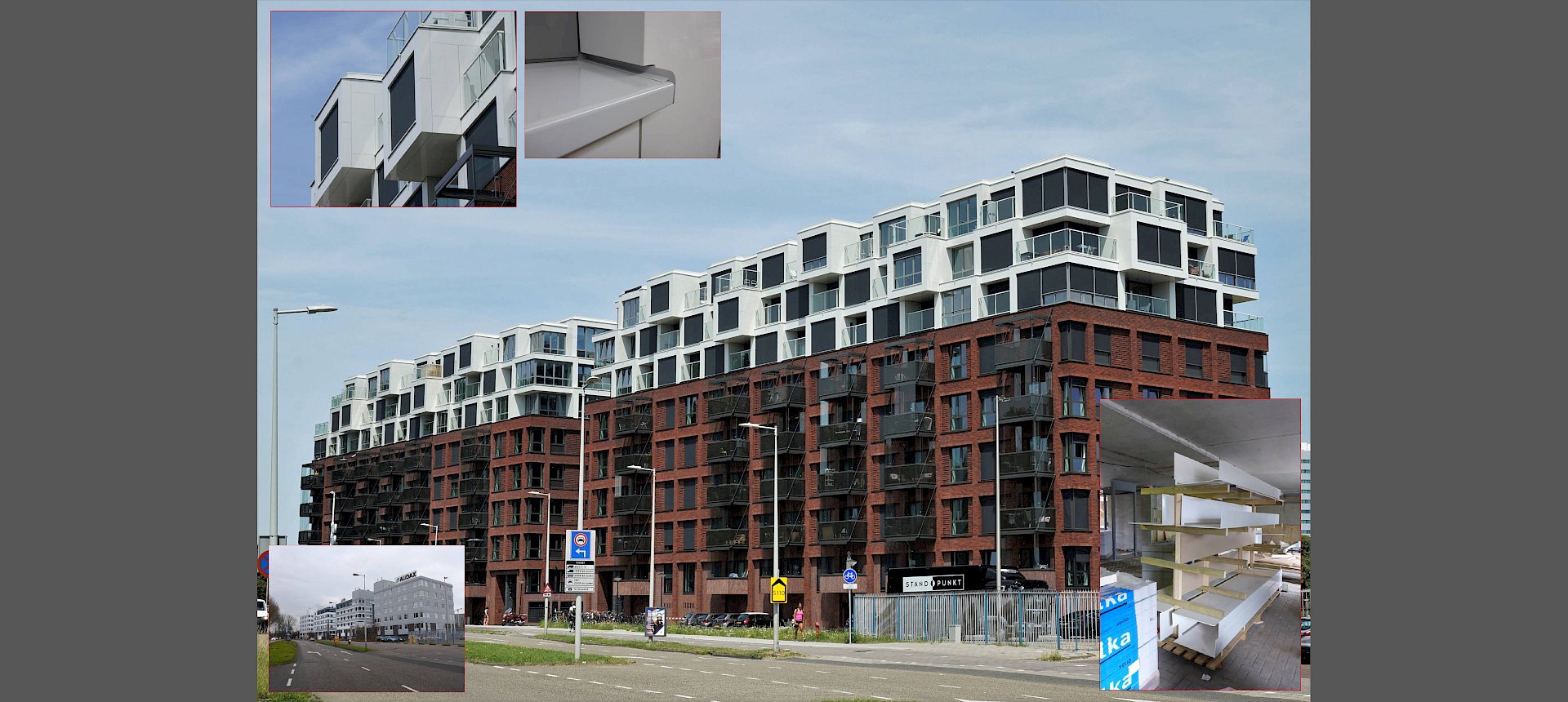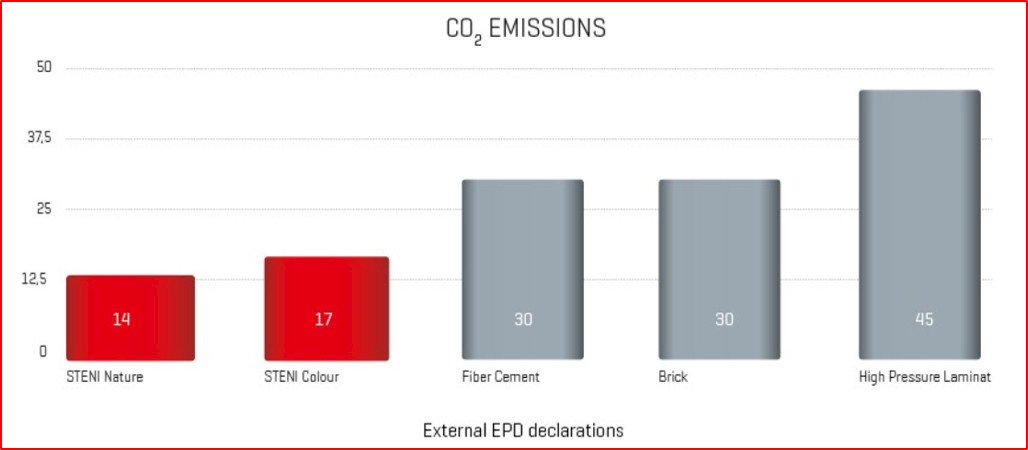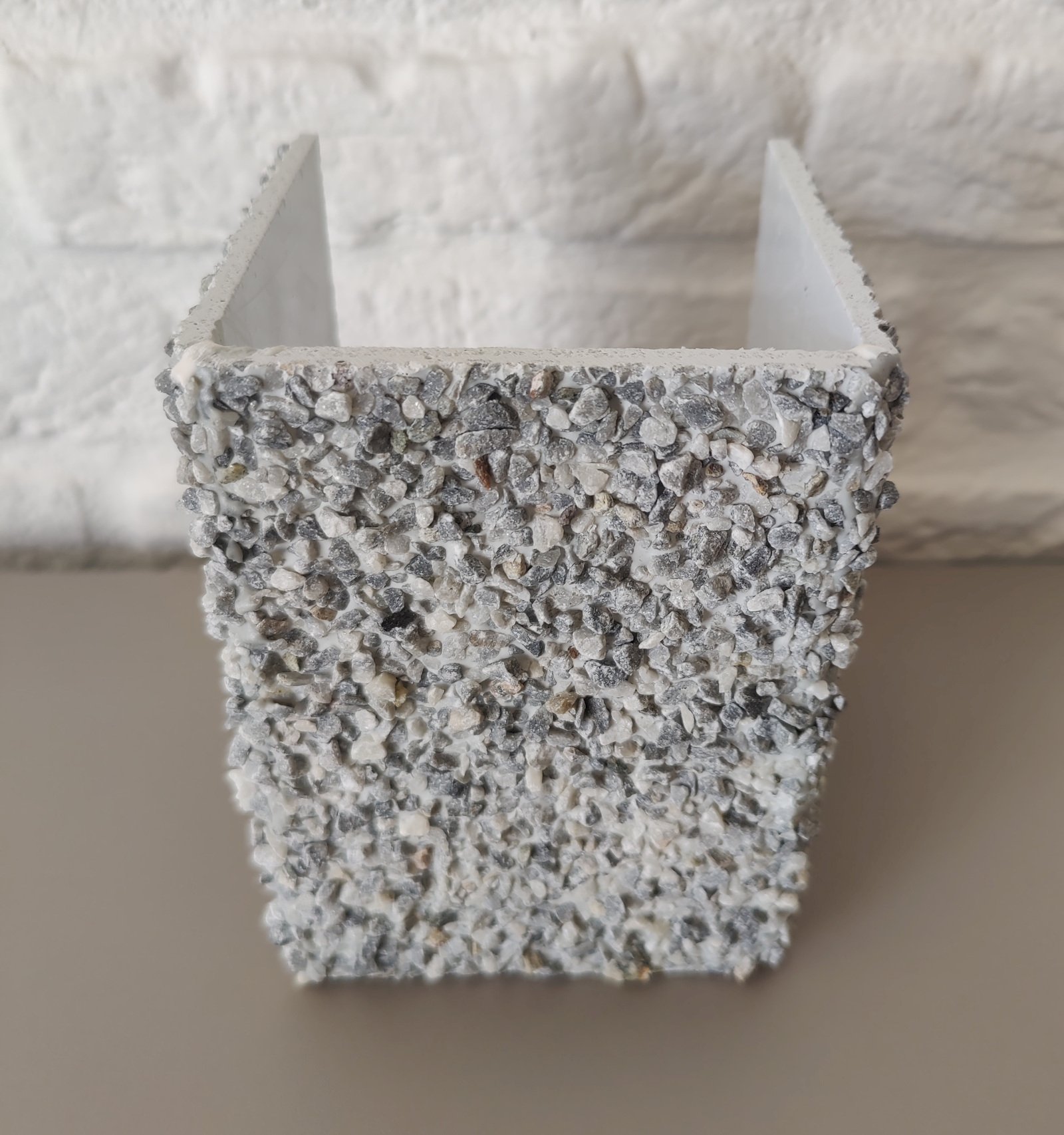Steni elements
Building with Lightweight Materials
Building with lightweight materials is becoming increasingly important in the modern construction sector. These lighter materials are designed to maintain the strength and durability of traditional materials while weighing significantly less. This offers numerous benefits that can improve both the economic and ecological impact of construction projects.
Advantages of Lightweight Materials
-
Reduced Transport Costs: Lighter materials require less energy and resources for transport, resulting in significant cost savings. Lower transport costs also contribute to reduced CO2 emissions, which is essential for more sustainable construction practices.
-
Simpler Construction: Lightweight materials are easier to handle, allowing construction teams to work more efficiently. This can lead to shorter construction times and lower labor costs, benefiting both developers and investors.
-
Improved Energy Efficiency: Many of these materials, such as timber frame construction and special insulation materials, offer excellent thermal performance. This results in lower energy needs for heating and cooling, reducing operational costs and the building’s ecological footprint.
-
Sustainability and Recyclability: Many lightweight materials are made from recycled or sustainable sources. This not only helps reduce environmental impact but also improves the Building Environmental Performance (BEP) score of the project.
Additions and Renovations
The use of lightweight materials offers unique opportunities for renovations, especially for adding extra floors to existing buildings.
-
Lighter Structures for Additions: In renovations, these materials make it possible to add extra floors without overloading the underlying structure. This is especially valuable for older buildings where load-bearing capacity is often a limitation.
-
Minimizing Construction Disruptions: Using lighter materials ensures that work on additions is less disruptive to the existing structure and surroundings, potentially reducing renovation time and costs.
-
Sustainable Reinforcement of Existing Buildings: Applying sustainable, lightweight materials not only allows for building extensions but also enhances sustainability. This contributes to a better BEP score and lower environmental impact.
-
Design Flexibility: Lightweight materials give architects and designers more creative freedom in their addition designs, enabling innovative and modern styles without the constraints of heavy materials.



